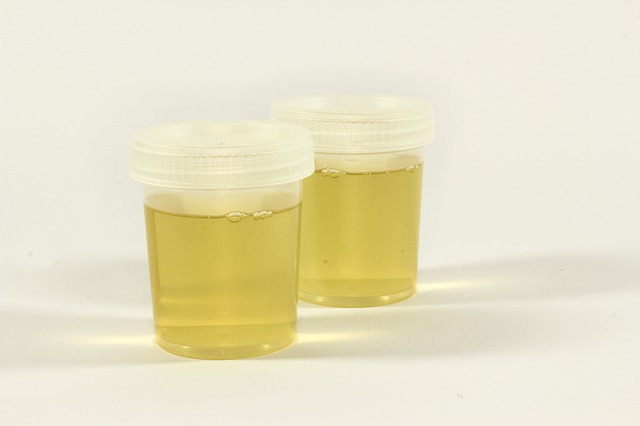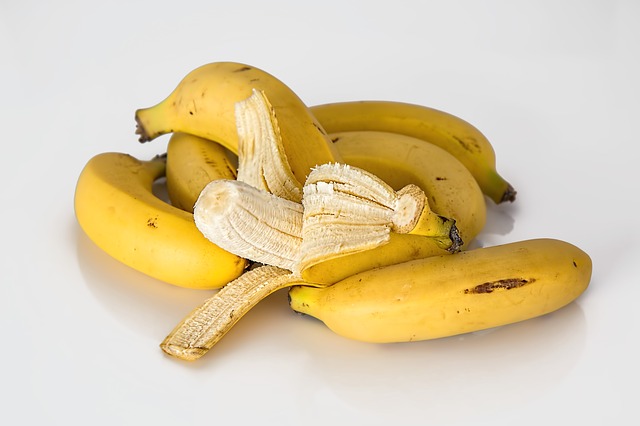
While using coffee grounds in the garden offers quite a few benefits, they can be slightly acid and therefore not appropriate for all plants. So which plants like coffee grounds? Here’s what you’ll need to know.
The Basics Of Coffee Grounds
Coffee grounds contain nitrogen, which is an essential element needed by all plants in order to make chlorophyll. It’s also vital for the proper growth and development of both tissues and cells. Their high nitrogen content and the fact that they’re all-natural means many gardeners use coffee grounds as fertilizer for their plants.
But since they can be slightly acidic, if you will be applying them regularly they can influence the pH of your soil making it more acidic as well. So while all plants can benefit from the nitrogen in grounds occasionally, they are often used for acid-loving plants in particular. Luckily there are many plants that love slightly or even a bit more acidic soil.
Coffee-Loving Plants
Popular garden flowers that will thrive in acidic conditions include such examples as marigolds, daffodils, and the famously fragrant lily of the valley. Of course, you’ll want to remember that while lily of the valley is safe to touch, it is poisonous when eaten. So it can be very dangerous for curious kids and pets.
Blue hydrangeas also require acidic soil, and without it they can lose their color. In fact, you can actually turn pink hydrangeas blue with coffee grounds since regular applications will increase soil acidity. Roses have their best blooms in slightly acidic soil and for this reason, many gardeners use coffee grounds for roses.
Shrubs such as azaleas, camellias, rhododendrons, magnolias, and Japanese Pieris also will do well when supplemented with grounds. Blueberries and strawberries both need acidity as well. And using coffee grounds for tomatoes will help to provide the soil conditions they need for optimal growth.
How To Apply Coffee Grounds For Plants
Regardless of how you apply your coffee grounds, you’ll always want to make sure you let them cool down to room temperature first to avoid killing helpful microbes and bacteria or even damaging the plants themselves.
Directly To The Soil
Before placing your plants in the ground you can mix a layer of coffee grounds into the soil about six to seven inches deep. If your plants are already in place, sprinkle a thin layer of coffee grounds around plants on top of the soil.
Adding a layer that is too thick, however, can end up blocking both water and air from reaching the roots of the plants below. By placing a couple of inches of mulch on top of the layer of grounds it will help them to break down faster giving your plants quicker access to the nitrogen they contain.
In The Compost
Placing your grounds in the compost is another option. By doing this, it gives the grounds time to break down and release their nitrogen and other benefits into the compost. After three or four months the compost can then be added as a layer on top of your garden soil.
When using coffee grounds in compost you’ll want to remember to limit the total amount of grounds used to twenty percent of your bin or pile for optimal benefits. And don’t forget to throw your paper coffee filters in the compost too.
Now that you know which plants like coffee grounds you can get started putting them to good use in your garden and cutting down on waste. Simply choose the method which is the most convenient for you.
Start Shopping for Gardening Supplies!
4 Steps to Get Your Garden Ready for Spring
After being cooped up all winter, you may be dreaming about harvesting from a lush summer garden. But before you get there, there’s a lot of work to be done to get the garden ready. Spring garden prep can be intimidating, especially if your garden beds have been left...
What Not To Compost
Composting has many excellent benefits. It allows you to recycle organic material which can then be used to help to enhance your soil. And of course, it’s an environmentally friendly way to reduce trash. But before you get started you’ll need to know what not to...
How To Build A Vegetable Garden That Is Both Tasty And Attractive
A healthy vegetable garden can provide you with hours of stress-busting, mental health-boosting fun and give you and your family healthy, organic produce to eat for months. If you have even a few square feet of yard space, planting a vegetable garden is easy and...
Using Eggs Shells In The Compost
There are many food scraps that people use in their compost. However, there is one that is often overlooked. Using egg shells in compost is not just a great way to help reduce waste but also boosts the nutrient content of the soil you are creating for your plants....
Using Egg Shells In The Garden
Once you learn how you can use egg shells in the garden you won’t just think about eggs solely as food. Their shells are a free way to add to the health of your soil and plants, but they also have quite a few other helpful benefits as well. Here are the best ways to...
Using Orange Peels In The Garden
Oranges are a healthy snack and ingredient but you’re most likely wasting one of the most beneficial parts, the peel. While we can’t eat them, using orange peels in the garden has many surprising advantages. Here are the top ways you can put your peels to work....
Can You Compost Orange Peels?
If you’ve ever wondered, "can you compost orange peels?" the answer is yes. Although there are a few things you should know when doing so. So here’s your fast guide! Composting Basics When composting, you’ll need to include a mix of both carbon and nitrogen-rich...
Using Urine As Fertilizer
While urine is waste, it also contains nutrients that our bodies can’t use. But your garden can! Using urine as fertilizer is free and as organic as it gets! Here’s what you’ll need to know when thinking about using it. There have actually been multiple studies that...
The Urine-Compost Connection
Composting is all about re-using organic materials. And like the majority of us, you probably have been flushing away one of the most natural ways of all to condition your compost. By adding urine compost can be given a huge boost and that is passed on to whatever...
Using Banana Peels In Compost
Can you put banana peels in compost? You bet you can! While bananas offer us some extremely important nutritional benefits that help us to stay healthy, their peels can be used to add to the health of your compost pile as well. Bananas are one of the most popular...
Using Banana Peels In The Garden
Bananas are both delicious and healthy. And you may have wondered after finishing your morning shake or afternoon snack whether those peels you’ve been throwing away for years could be used for other things. What can you do with banana peels? It turns out quite a lot,...
Common Gardening Injuries And How to Avoid Them
While gardening isn’t necessarily the most dangerous pastime one can think of, injuries do occur. Recent data suggests that in the US alone, over 300,000 gardening injuries occur annually. So whether you are a seasoned gardener or are just beginning, it’s important to...
Just Moved? How To Safely Transport Your Plants Into Your New Garden
It can take years of planting and care to create a magnificent garden. That’s why the prospect of relocating or moving houses can induce anxiety in gardeners. Whether you plant ornamentals, or if you grow your own vegetables, having to start over can be a daunting...
Filling Those Window Boxes: Flower Species That Thrive With Container Gardening
Those traditional window boxes overflowing with flowers may remind you of summer cottages or childhood dreams. This particular feature is one that you want at your home all year-round. Container gardening for window boxes takes a certain flair for picking out the...
Why You’ll Want To Revamp Your Garden with Artificial Grass
Installing an artificial lawn is an easy and attractive way to improve and revamp your garden. This is because an artificial lawn is like a real lawn, only much better! Artificial grass has been developed to such a high-quality standard that it looks and feels as...
The Best Grass Types For Creating A Drought Tolerant Lawn
Many of us live in dry and arid places. There are many locations around the world that unfortunately for your lawn don’t get much rain throughout the year. For people who live in these places, a green, healthy-looking lawn can seem impossible to have and maintain....
Garden Drainage: How to Avoid a Waterlogged Garden & Patio
Many locations around the world get a lot of rain. With an average of 33 inches of rain per year, this is especially true in the U.K. where it is rare for a day to pass that it is not raining somewhere. Regardless of where you live this can lead to problems with...
Easy Lawn Care? Experts Say It’s Possible With These Tips!
There's no way around it: If you want a lush lawn, you have to work for it. That entails putting in a lot of time, effort, and yes, money. And even if you are hiring experts in lawn care, you will still need to shoulder some of the responsibilities involved. That does...
Water-Wise Landscaping: Avoid Cultivating These Types Of Plants
Water is one of the primary needs of all plants. They need to receive the right amount of hydration to grow and thrive properly. You can ensure your plants get the hydration they need by watering them regularly using a garden hose or watering can, or by having a...
Starting A Vegetable Garden: Motivational Tips For Beginners
Back in the day, our ancestors did not have to go very far to buy vegetables, they just had to step out in their garden and pick up free, fresh veggies. Unfortunately, over generations, most of us have lost touch with our natural gardening instincts due to the busy...






















